This is not medical advice.
Most of the industry will say no. Yet I have met many patients who did not have their anterior cruciate ligament (ACL) repaired, due to other health reasons.
This article will be for people who can’t have it fixed, or want to improve prevention.
The arguments for surgery
The anterior cruciate ligament (ACL) is very important for holding the knee in a proper, healthy and pain free alignment.
Decreased stability increases risk of more injury, including meniscus tears (these commonly occur with the original ACL tear) and increased prevalence of osteoarthritis later in life.
Concerns
I didn’t want to label this “arguments against,” because this is a decision between you and your doctor. But there are some things to consider.
Recovery is not an easy road, usually 9-12 months before a return to sport or previous activity. Therapy can last 3-6 months. The reinjury rate for teenage females is around 20%. That’s a horrible statistic, and I don’t think that is the surgeon’s fault. It may be cases that don’t work hard at strengthening after injury to prevent it from happening again. I think it speaks more to the absolute need for strength and balance in youth sports, before competition. Kids used to get this by playing a number of sports throughout childhood, and playing outside on playgrounds, riding bikes, etc.
ACL tears in teenage athletes can be traumatic events. They miss a year of an already short athletic career, and will probably have surgery, causing other weaknesses and altered structures for the rest of their lives, at a very young age.
But as I said before, surgery is almost always indicated. We cannot prevent all injuries, however we can try to decrease risk.
Hamstrings and contractions
It’s important to keep the hamstrings strong. They partially help hold the knee together, along with the ACL. Here is a link discussing the role of the hamstrings and some strengthening suggestions.
One of the most important considerations here is that the muscle contractions need to be slow and controlled, with intent to stabilize the knee. If you just do some reps quickly, without contracting the muscles, you are not benefiting from the exercise.
Alignment issues
One of the theories behind increased risk for ACL injury is a valgus, or knock kneed posture. This link describes the posture that is very common among teenage athletes.
This link describes some of the exercises to improve balance and joint proprioception to decrease risk of ACL rupture.
Training on unstable surfaces - legit or bullshit?
This is not medical advice. This can be a big debate in strength and conditioning coach circles. I will try to present both sides of the argument. Largely this depends on context. What are your goals? Is this for sports or rehab/balance?
Planks are also good at stabilizing the entire trunk, hip and knee complex. Postural strength can be more functional than specific joint strengthening.
The bike
Joints typically feels better when they get range of motion. Regardless of the plan, a minimum 10 minutes of stationary bike per day is going to help the overall outlook.





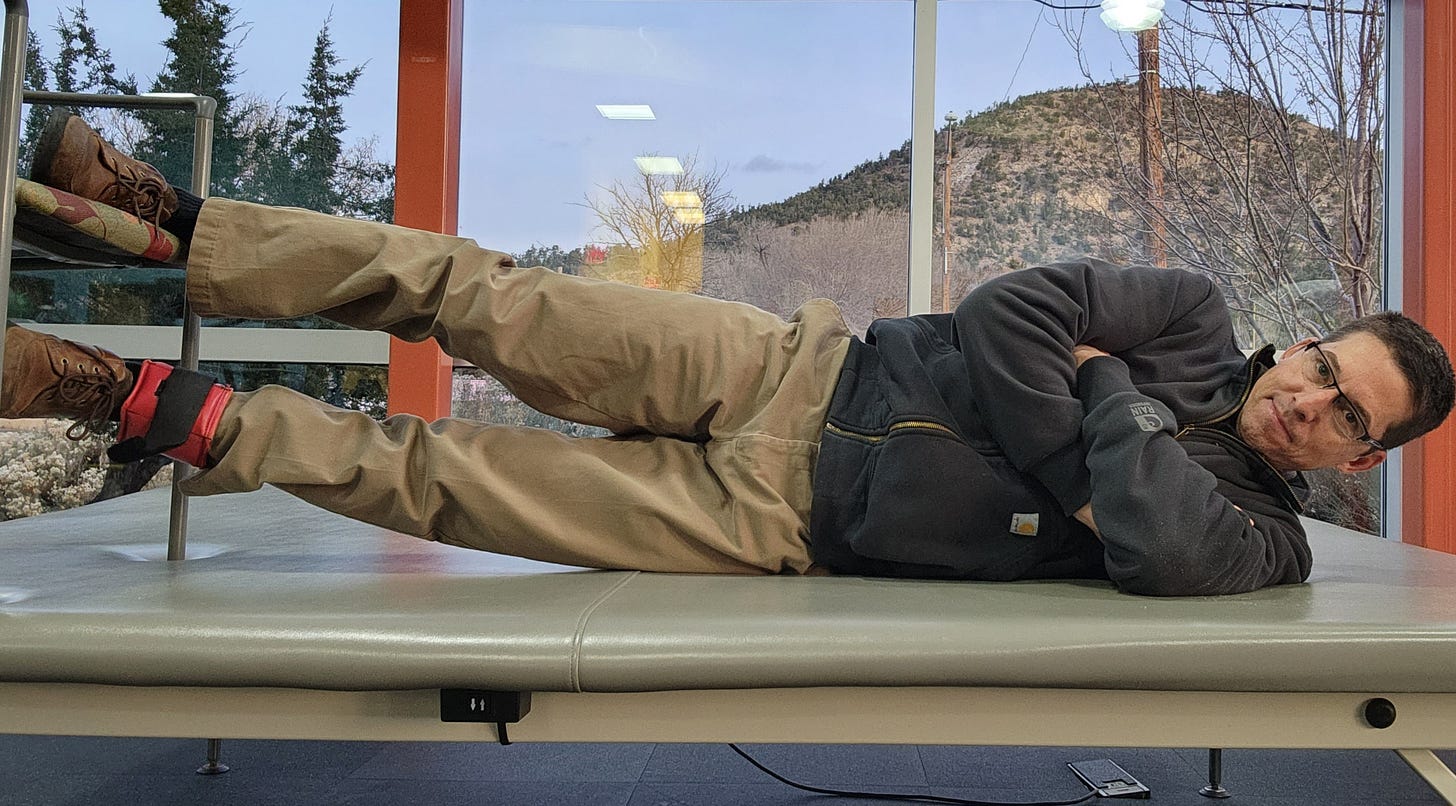
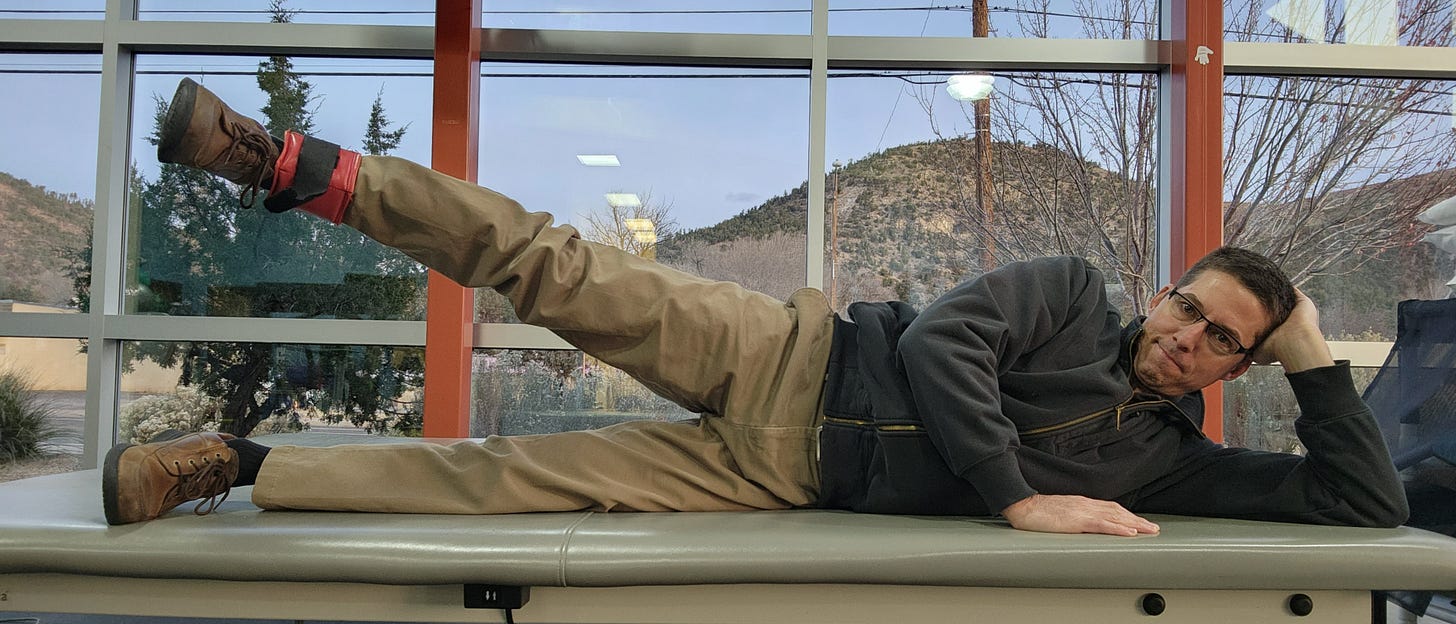

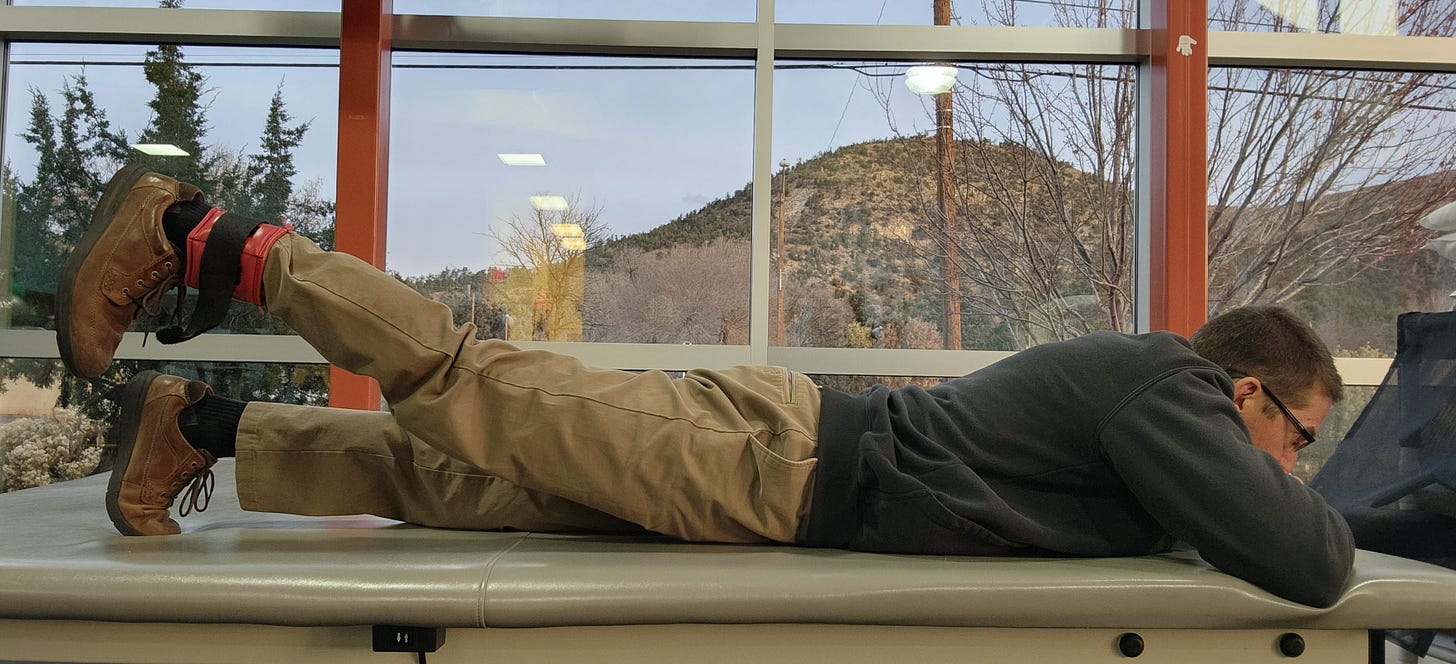

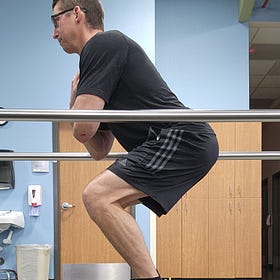

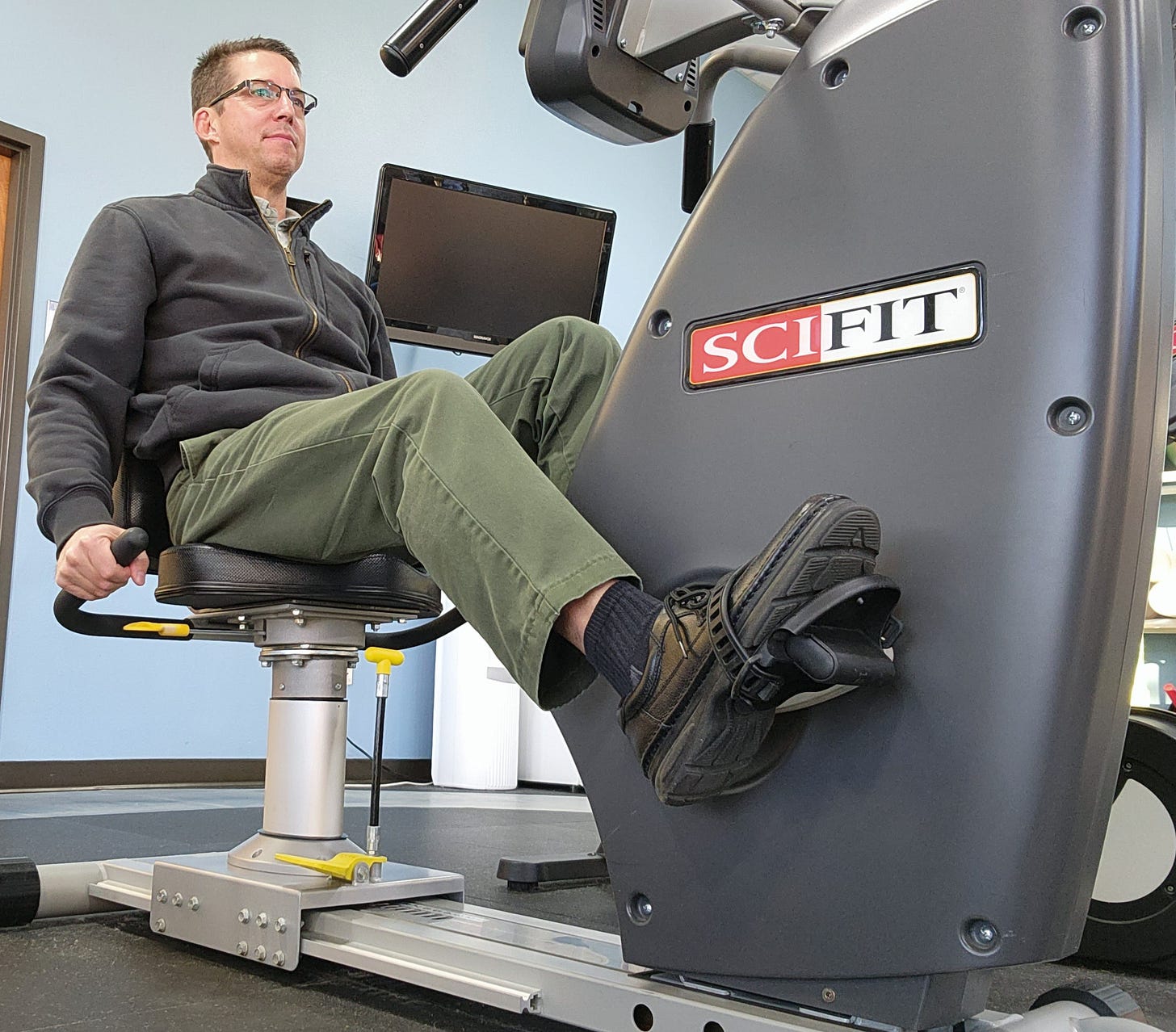
I severed my ACL at age 40 during an alumni basketball game. The surgeon gave me 3 options for replacement-1) swine tendon, 2) cadaver tendon, or 3) one carved from my thigh. Or, he said, “You can take up golf and carry your bag. A strong hamstring is your friend.” After a year the swelling subsided and I have never regretted my decision. I am 69 and have enjoyed a single digit handicap for the past 20 years, winning a senior ladies state championship. The game has enriched my life, all because of a torn ACL,so don’t give up!
I know of one fellow who didn't have his ACL repaired and seemed to do ok.